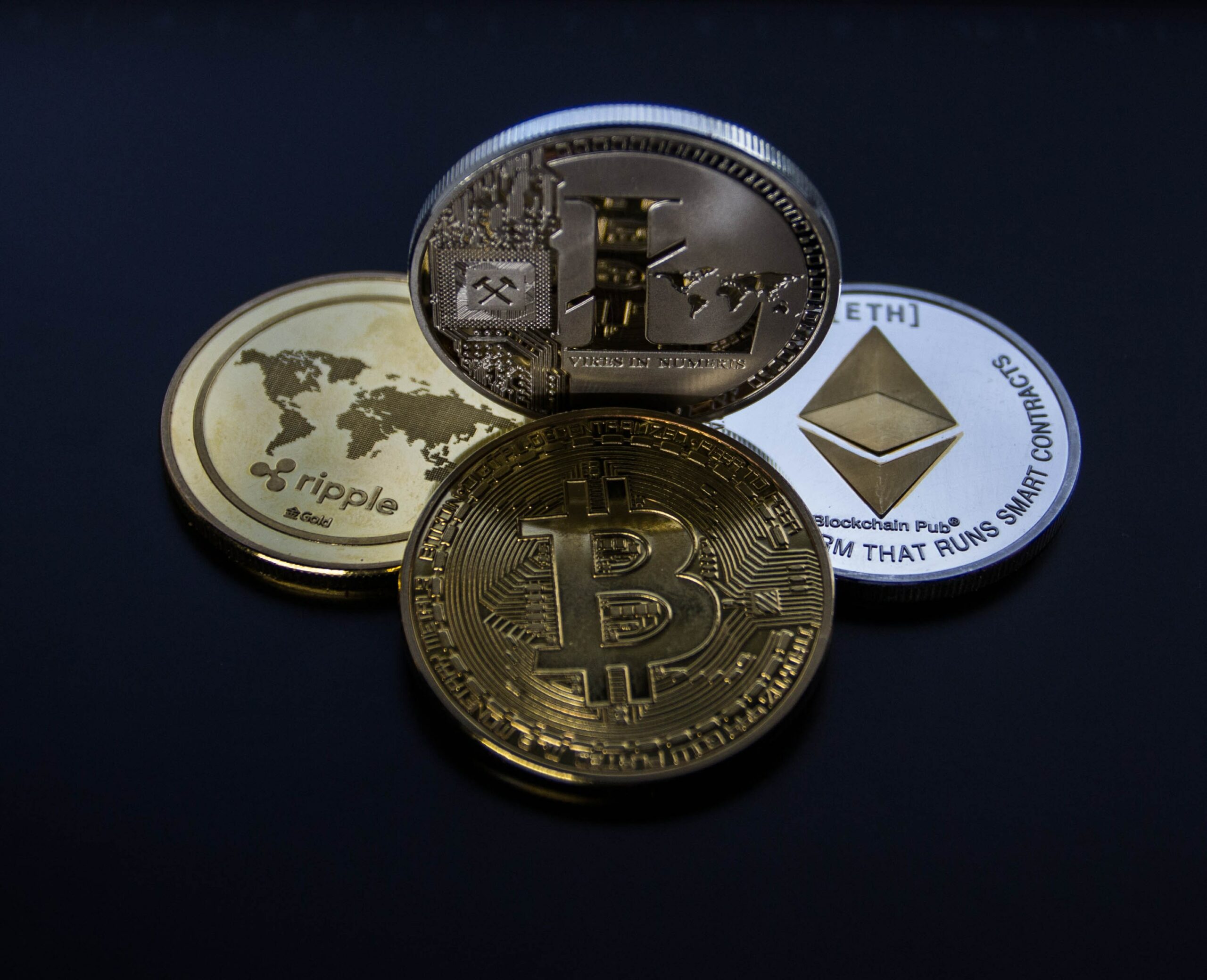Perhaps the best known decentralised finance project is MakerDAO, a decentralised lending protocol. More than half of the blockchain’s ether is accounted for by this platform. The project has quite a lot of functionality, but the main advantage is considered to be a special type of smart contracts called collateralized debt positions.
With these, each user can send a certain amount of ETH into a smart contract and issue their own token backed by the second most important cryptocurrency. At the same time, the DAI tokens created are essentially collateralised debt to MakerDAO. The platform acts as a kind of bank, but absolutely any user can take a loan from this bank. Borrowed funds are often used by clients of DeFi services to fill liquidity shortages, as an alternative to expensive money from banks.
Other well known credit and deposit platforms include InstaDApp, BlockFi and Compound. The latter not only allows you to borrow, but also invest cryptocurrency at an annual interest rate of 6%. And BlockFi customers can borrow digital assets through the usual credit schemes: credit checks or intermediaries.
Decentralised finance also includes token issuing platforms such as Polymath and Harbour; exchange protocols such as Uniswap or Bancor, which allow the instant conversion of one cryptocurrency to another; forecasting services such as Augur; digital asset management platforms such as Melonport and others.



